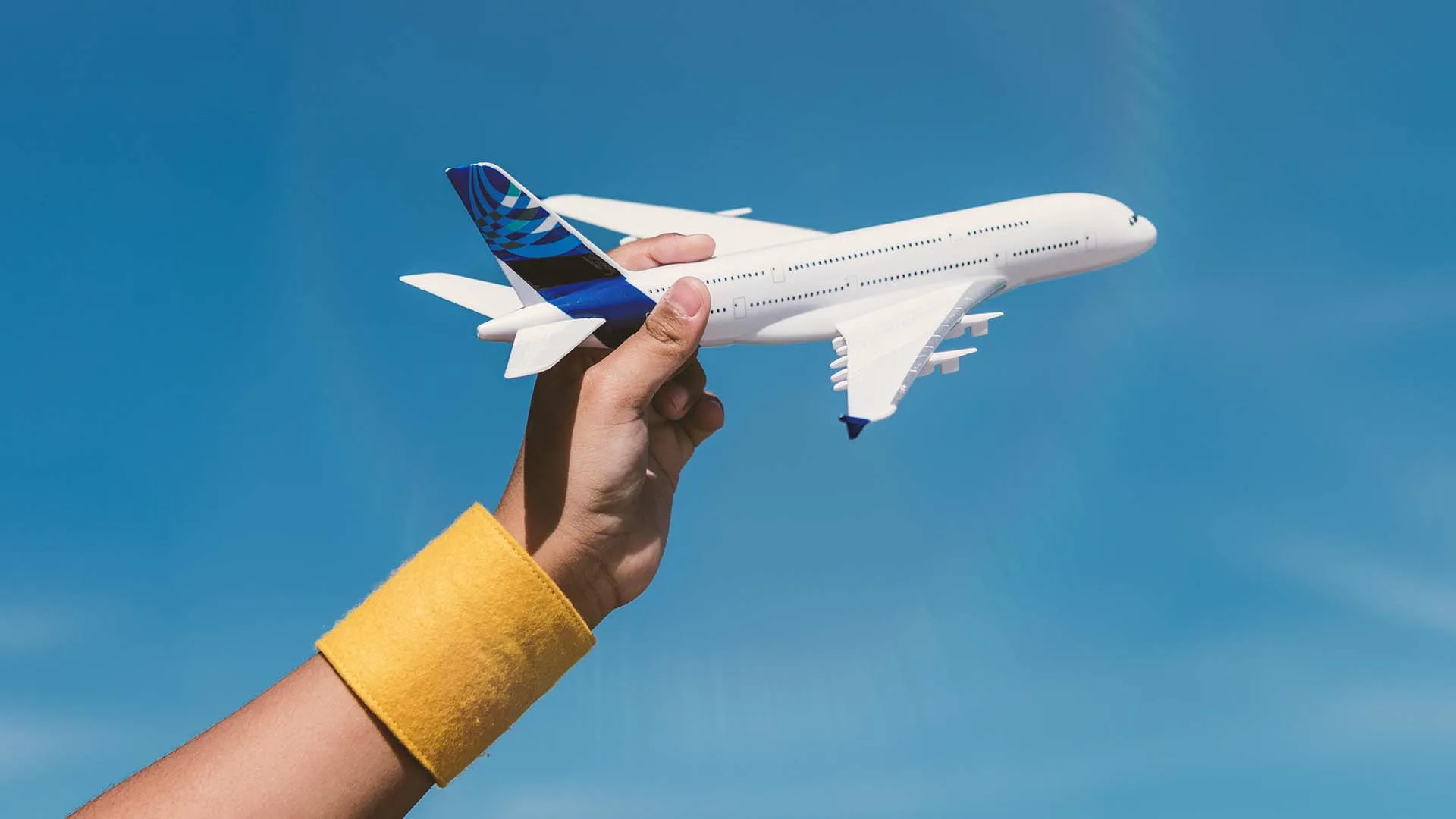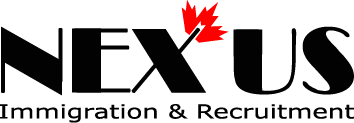
Travel Plan to Calgary for New International Students
Studying in Calgary is incredibly exciting, but you need a travel plan before going. As a key city in Canada, Calgary offers excellent educational resources, a friendly community, and rich cultural and natural landscapes. Though direct flights from outside North America to Calgary may be limited, it is easy to reach the city through North America’s extensive flight network and careful travel planning.
When planning your flight, pay attention to North American border control policies and transfer methods. Some routes may require a third-country transit, necessitating additional visas and longer transfer times. For instance, students from Asia or Europe often transfer at major U.S. airports like Seattle, Los Angeles, New York, or Chicago due to cost and schedule convenience. These airports have frequent flights to Calgary but require passing through U.S. border checks, which may involve applying for a U.S. Transit Visa and security checks by the U.S. Customs and Border Protection (CBP) and the Department of Homeland Security (DHS).
Check and confirm visa requirements and transfer times in advance to ensure you have enough time for transfer procedures, avoiding missed flights due to tight schedules. There are two main types of transfers: international and domestic. For international transfers, customs procedures are usually handled at the destination international airport. For domestic transfers, entry procedures are completed at the first international airport, where you may need to claim your luggage and move to another terminal for your domestic flight. The special close relationship between the U.S. and Canada often makes transfers similar to domestic ones, requiring a standard document verification process disregard if one arrive at a US or a Candian international airport.
If you have time and are not in a hurry, consider land transportation to Calgary. Canada’s public transportation system is well-developed, and you can take long-distance buses or trains to enjoy beautiful natural scenery along the way, adding fun and experience to your trip. Regardless of the mode of transportation, prepare in advance to ensure a smooth and safe journey to Calgary.
With careful planning and preparation, you can smoothly arrive in this city full of opportunities and beauty, starting an unforgettable study journey. I wish all students heading to Calgary a pleasant trip and successful studies!
Here is a summary of common transit methods and important notes:
- Direct overseas transfer
- U.S. transit transfer
- Domestic transfer within Canada
- Other domestic transfer options within Canada
1. Direct overseas transfer
- Asian cities with direct flights to Calgary:
- Year-round flights: Tokyo, Japan – Narita Airport (NRT)
- Seasonal flights: Seoul, South Korea – Incheon Airport (ICN)
- European cities with direct flights to Calgary:
- Year-round flights: London, UK – Heathrow Airport (LHR), Frankfurt, Germany (FRA), Amsterdam, Netherlands (AMS), Paris, France (CDG)
- Seasonal flights: Rome, Italy (FCO), Barcelona, Spain (BCN), Edinburgh, UK (EDI), Dublin, Ireland (DUB), Zurich, Switzerland (ZRH), etc.
If your passport is not from a visa-exempt country of the transit country, you need to confirm:
- Whether entering or exiting non-controlled areas is required when changing gates or terminals
- The length of stay in the non-controlled area of the airport (usually 24, 48, or 72 hours)
- Whether you have a valid entry visa to another country (e.g., the US) or a legal residence permit from another country (e.g., Canada, Japan) and the destination is one of these countries.
- Whether you need to purchase an open ticket before departure
2. US Transit Transfer
- It is recommended to schedule at least a 4-hour buffer time for transfers at a US airport.
- Usually requires leaving the controlled area to switch terminals
(non-visa-exempt country citizens usually need a transit visa) - There are lengthy security checks; if you have TSA-Pre, it can save a lot of time
- Be sure to prepare the PoE letter from IRCC and the paper, or original, documents used for the Study Permit application
3. Domestic Transfer within Canada
- Common seen Ports of Entry (PoE): Vancouver (YVR), Toronto (YYZ), Montreal (YUL)
- Complete the entry procedures and obtain the actual Study Permit at the international airport of the first arrival.
- Canada does not provide in-land international flight transfers, and not even for Canadian airlines.
- Some airports also have Service Canada desks to assist with applying for a Social Insurance Number (SIN) (e.g., Toronto Pearson Airport (YYZ))
- As it is uncertain how many people will need to complete entry procedures upon arrival, it is recommended to schedule a four-hour (or at least 2-hour) buffer time
- Be sure to prepare the PoE letter from the IRCC and the paper, or original, documents used for the Study Permit application
4. Other Domestic Transfer Options within Canada
- Long-distance bus
- Example: Vancouver Central Station –> Calgary (about 630 miles, about 12-hour drive)
- Long-distance train
- Example: Vancouver Central Station –> Calgary







